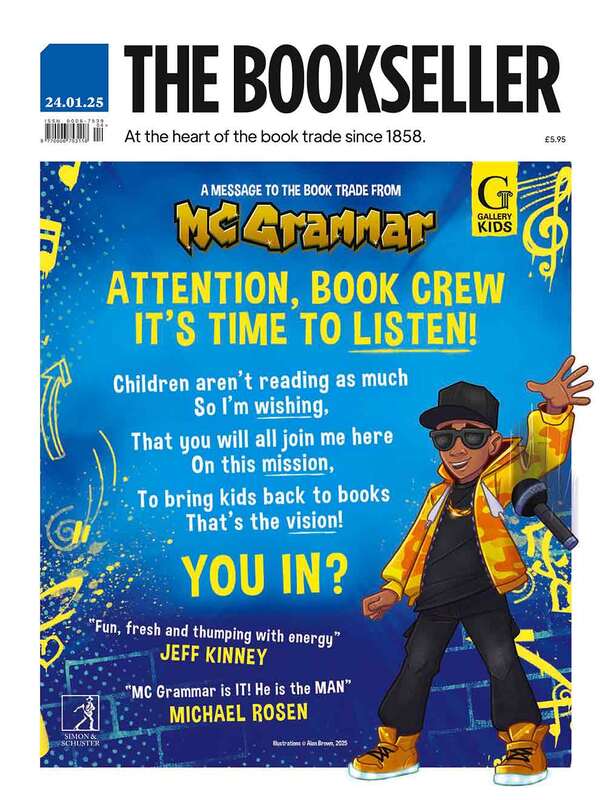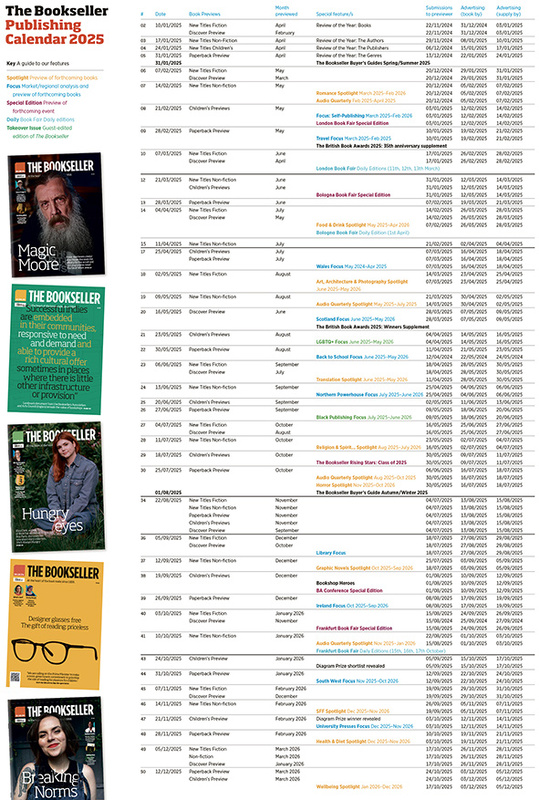You are viewing your 1 free article this month. Login to read more articles.
The accessibility opportunity
Augmented reality can adapt books to diverse learning styles — so why is it still so rare?
Accommodating accessibility in learning materials has always been a challenge for publishers and educators. What’s changed in recent years, is that we are now developing the tools to a sufficient level to finally address these challenges — the tools are technologies. One example is augmented reality (AR), which utilises 3D models to create immersive experiences that can be used to engage students.
More publishers are realising that traditional learning methods aren’t always the right solution for everyone, and they can incorporate technology to create a seamless experience between the physical and digital. Textbooks are often designed to provide teachers with a "one-size-fits-all" manual on a subject, which doesn’t allow for the personalisation needed to cater for individuality.
Although some students thrive using traditional learning methods, others with ADHD, dyscalculia or other neurodiverse profiles can feel left behind as they struggle to absorb the necessary information from their textbooks. Moreover, students with low attention spans or engagement in schools often require supplementary resources that can augment the curriculum outlined in the textbooks, further emphasising the need for more adaptable educational materials.
Although different learning preferences have always existed, the emergence of 3D modelling and AR over the last decade or two has meant there are new avenues for publishers to reshape the learning experience their books provide. Augmented reality is an interactive experience where digital content is integrated into the real world, such as adding interactive elements like animations, audio, quizzes, videos, and additional contextual information, in addition to 3D.
By using these tools, publishers have better access to create a more interactive and engaging experience for students of all ages and abilities through their textbooks. Understanding how they are increasing participation demonstrates how technology is key to ensuring equitable access to educational content for all.
Disengagement is one of the biggest challenges facing students with neurodiverse profiles. Research has shown that disengagement in the classroom has a profound effect on student learning outcomes and cognitive development. In turn, high levels of student engagement have been linked with improved achievement and memory retention.
With all of these technological advancements, why are more publishers not utilising them to address the issue of accessibility and accommodate for neurodiverse profiles?
For students with neurodiverse profiles, distractions in the classroom can easily compound together to make engaging with traditional textbooks difficult. As a student’s ultimate informative guide to a subject, these textbooks should be a source of inspiration and excitement, instead of being another barrier to their learning.
AR technology increases engagement by offering interactive and immersive educational experiences, capturing students’ attention and motivating them to actively participate in the learning process. Indeed, 97.3% of students agree that the use of mobile AR applications has a positive impact on their learning. For students with print disabilities such as dyslexia who often struggle with traditional printed materials, these visualisations can help create a customisable reading experience aimed at increasing comprehension.
Ludenso has been working with the University of Oslo, the University of Stavanger, and Norsk Regnesentral (NR) on research projects on AR and learning disabilities. Although AR technology still has room to develop, the initial results of this research show promise for students with learning disabilities to see a significant benefit from using AR. Through participating in these projects, as an industry we can identify current barriers.
Instead of scrolling through endless text, AR can bring books to life through videos and 3D visualisations that capture students’ attention and sustain their interest. By giving students the chance to witness historical events unfold in an immersive experience, or see a 3D brain close-up, AR can help take complex subjects and visualise them in an interactive yet straightforward way. In turn, these visualisations can help make subjects more accessible and easier to understand.
Research has shown students’ focus on studying complicated subject matter increases when they have access to AR tools as part of their learning. This is due to the fact that AR facilitates memory retention by using multisensory experiences to help students form stronger cognitive connections, enhancing recall and long-term retention of educational content for all students.
Although educational publishers in the past have been a step behind technology and the impact it can have on accessibility, there has been a notable shift in improving accessibility driven by several factors. The push for increased regulations, a deeper understanding of inclusive education, and advancements in research have all played pivotal roles in compelling educational publishers to prioritise accessibility.
Additionally, the recognition of diverse learning needs and the importance of accommodating all learners has heightened the demand for accessible learning materials. Still, it is not enough. With all of these technological advancements, why are more publishers not utilising them to address the issue of accessibility and accommodate for neurodiverse profiles? We need to drive the change and acknowledge the importance of ensuring equitable access to educational content for all.

















